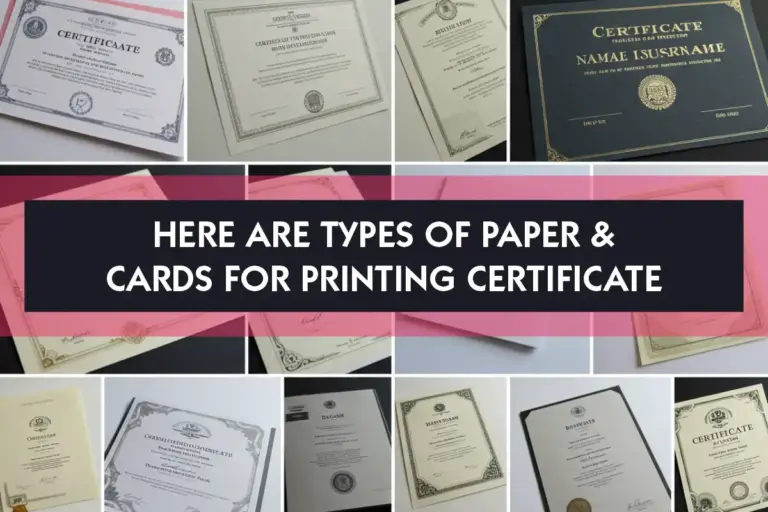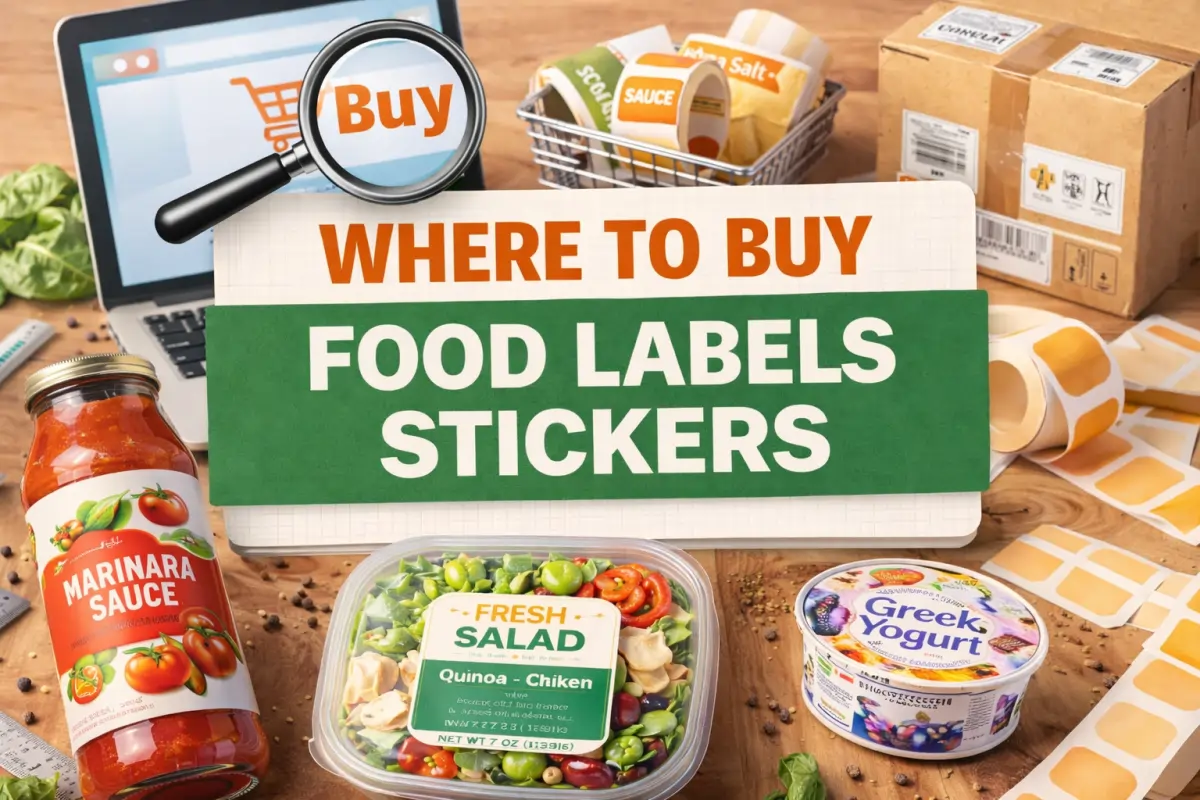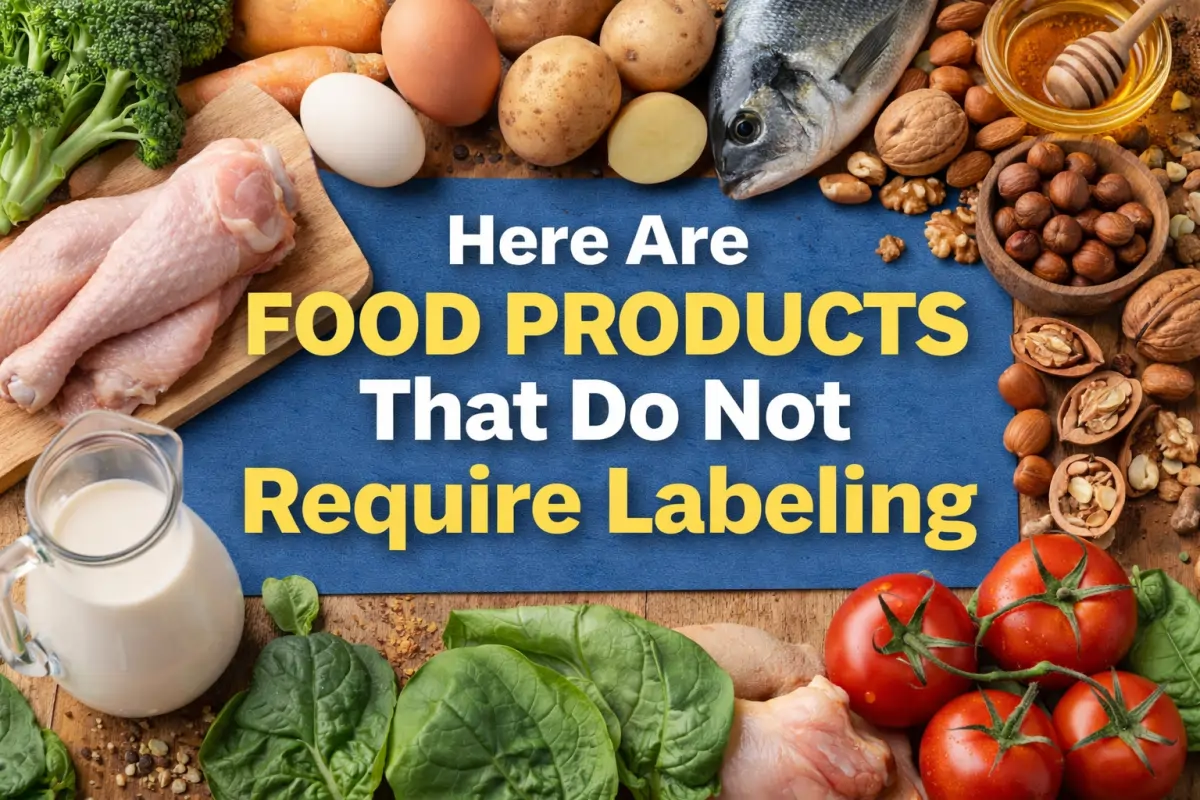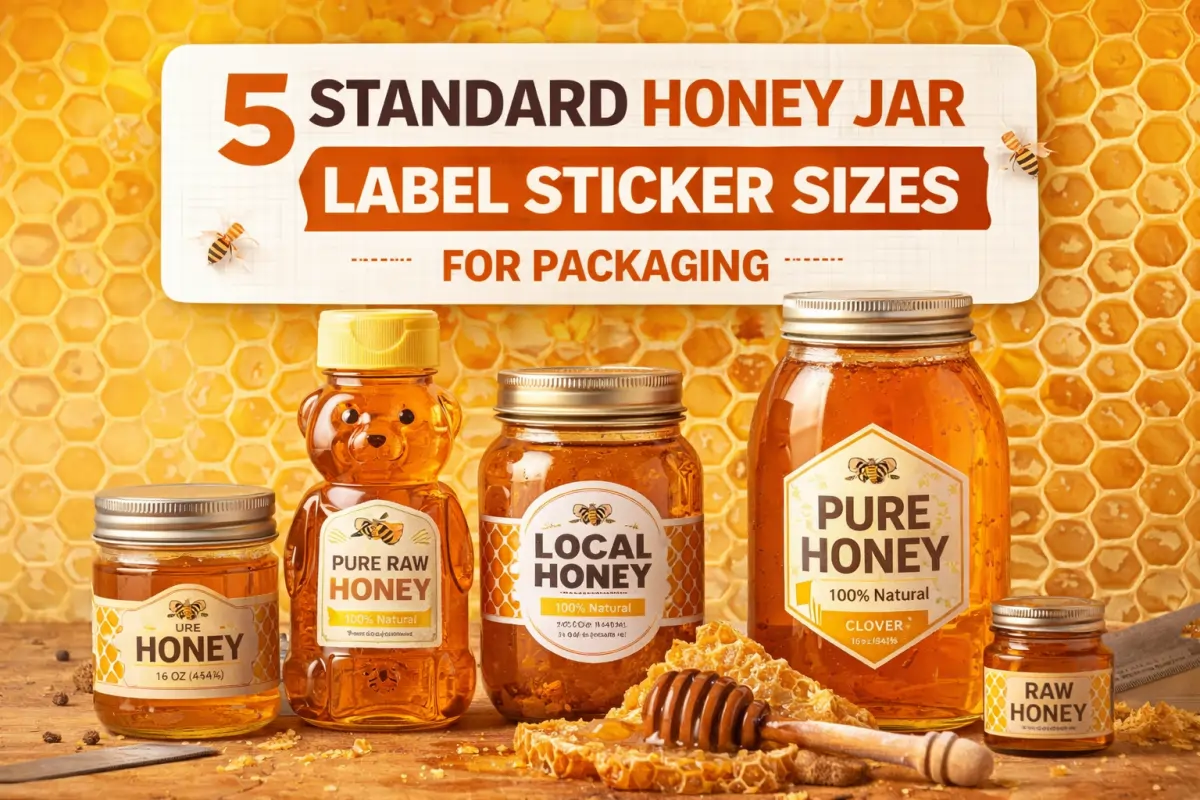Printing certificates is something done often in many organizations like schools, mosques, offices, churches, events, and training centers. These certificates often serve as proof of achievement, participation, and or completion. So, because they are so important, the type of paper or card used in printing them matters a lot. If you use the wrong type of paper, the certificate might look cheap, fade over time, or even tear easily. But with the right paper or card, the certificate can look beautiful, strong, and last for a long time.
The quality of a certificate depends largely on the paper or card used. That is why it is important to understand the different types available and know which one is best for your organizational needs.
Table of Contents
ToggleTypes of Cards For Printing a Certificate
1. Matte Card
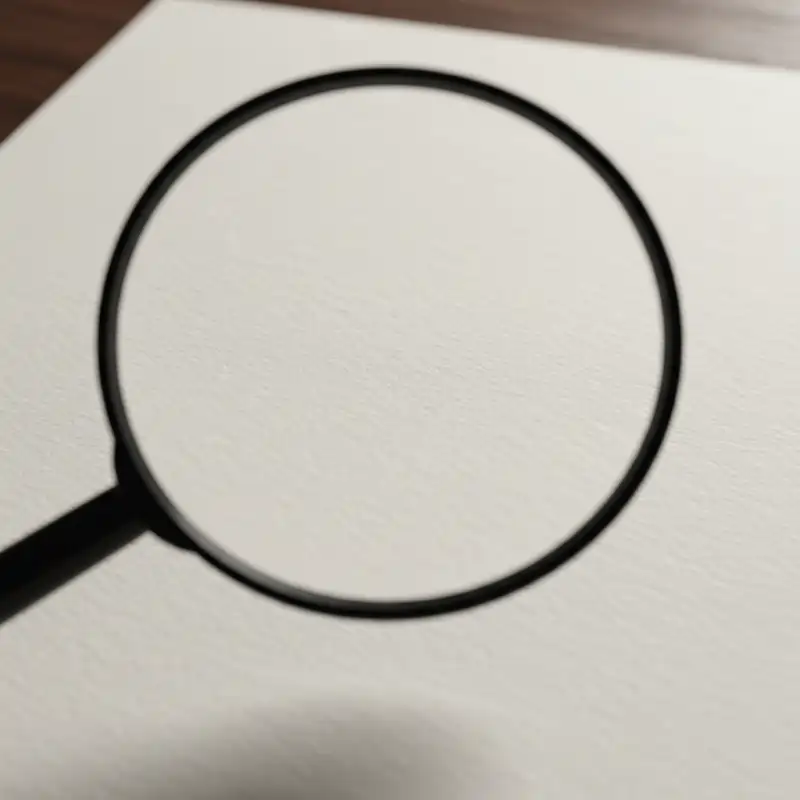
Matte card is one of the most common types of cards used for certificates. It has a smooth surface but does not shine. When you touch it, it feels soft and clean. One good thing about matte card is that it does not reflect light, so the certificate can be seen clearly from any angle.
This type of card is good for certificates that will be printed in black and white or with light color designs. It is also good if you want the certificate to look simple but neat. Another advantage is that you can write on it easily with a pen, which is good if you need to sign the certificate by hand.
Matte card is not very expensive, so it is a good choice for printing certificates in large numbers. For example, if you are organizing a training for 100 people, using a matte card can help you save money while still giving out good-looking certificates.
2. Glossy Card
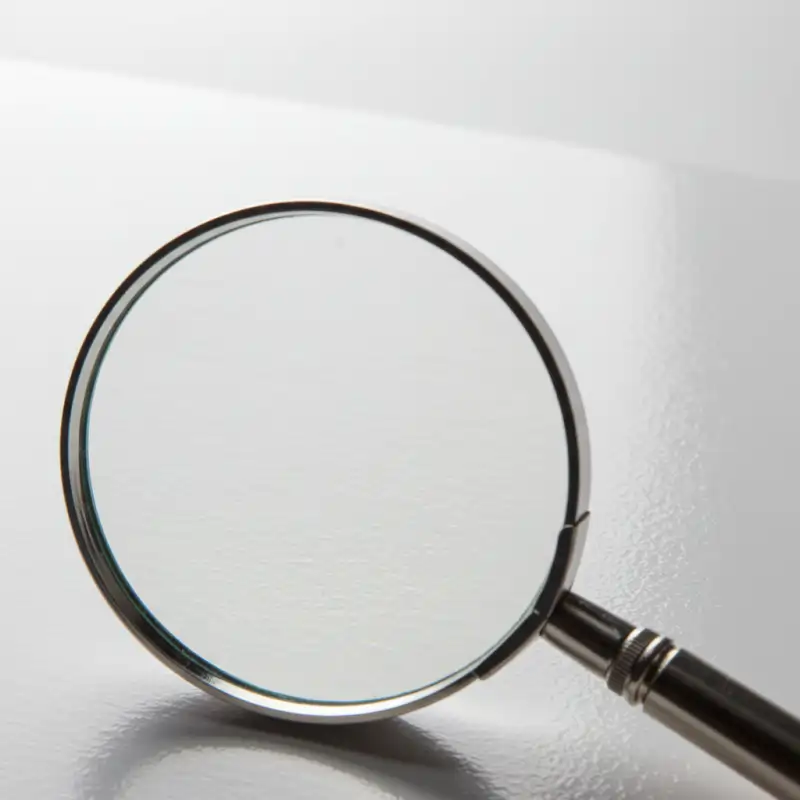
A glossy card has a shiny surface that reflects light. It is often used when you want the certificate to look more colorful and bright. The shine makes the colors stand out and look more beautiful.
This kind of card is mostly used for certificates that have pictures, logos, or bright designs. It gives the certificate a modern and attractive look. But one problem with glossy card is that it can be hard to write on. If you want to sign the certificate by hand, it may not work well because the ink may not dry fast and could smear.
A glossy card is also slightly more expensive than matte paper, but it is good if you want your certificates to look more professional and eye-catching. It is mostly used for high-class events or special occasions.
3. Parchment Paper
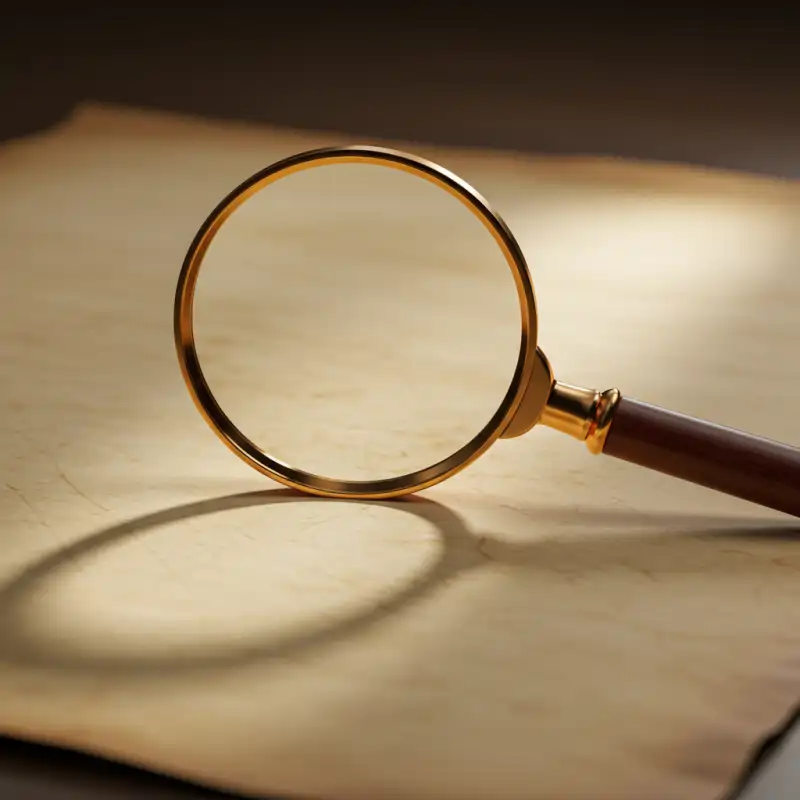
Parchment paper has a special look that makes a certificate feel old, classy, and official. It has a textured feel and often comes in cream, light brown, or soft yellow colors. It is not smooth like matte or glossy paper, but that is what makes it special.
Want To Print Something?
This type of paper is perfect for certificates of honor, appreciation, or long service. It gives the feeling that the certificate is important and valuable. Parchment paper is often used by universities, government bodies, or organizations giving out awards.
One thing to note is that parchment paper is more expensive than regular paper. But if your goal is to print certificates that look prestigious, this is a good option.
4. Linen Paper
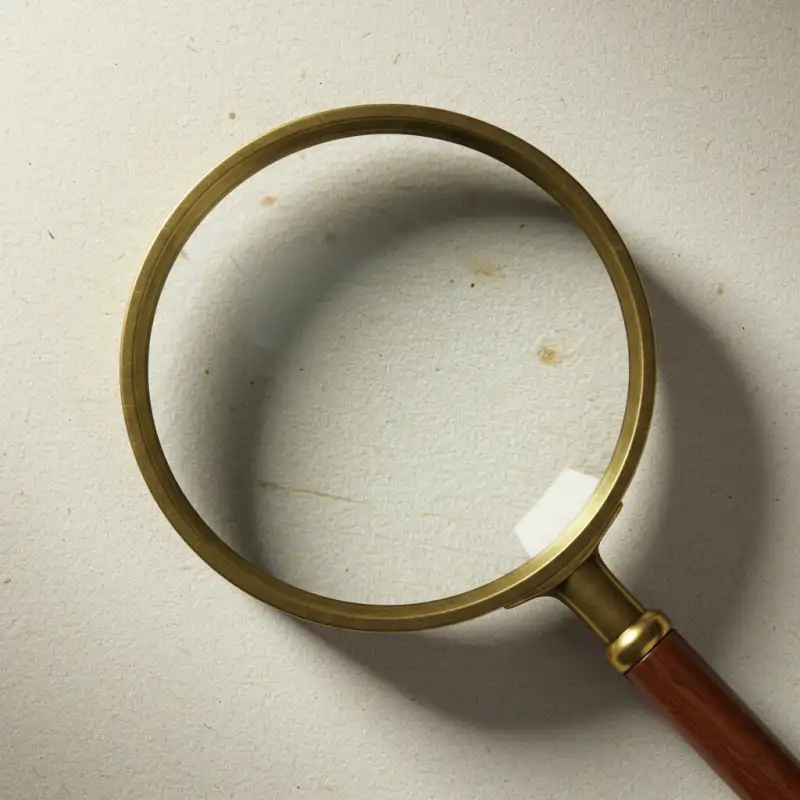
Linen paper feels like fabric when you touch it. It has a slight texture that makes it look rich and classy. It is not shiny, but it is elegant and strong.
Linen paper is best for printing certificates that need to look serious and formal. It gives a high-quality feel and is good for printing in both color and black and white. The surface is also easy to write on with a pen.
Linen paper is more costly than matte or glossy paper, but it gives your certificates a touch of excellence. Many corporate bodies and professional institutes use linen paper for their official certificates.
5. Cardstock
Cardstock is thicker than normal paper. It is strong and durable. If you want a certificate that will not tear easily or bend quickly, cardstock is a great choice. It comes in different thickness levels, and you can choose the one that suits your needs.
This type of paper is very good for outdoor events, where certificates might be handled roughly. It also feels more important when held. Cardstock can be matte or glossy, depending on what you want.
Cardstock is slightly more expensive than normal paper, but it is worth it if you want certificates that last longer and look firm.
6. Ivory Card
Ivory card is very popular in the event and celebration space. It is used for many things like invitations, menus, and certificates. It has a smooth surface, and the color is usually off-white or cream, which gives it a clean and classy look.
Ivory card is not as thick as some types of cardstock, but it is strong enough for certificate printing. It works well with most types of printers and can be used for both black and white and colored designs.
Want To Print Something?
This card is affordable and gives a professional look. That’s why it is a favorite for many event planners and printing shops. If you want something simple, neat, and not too expensive, an ivory card is a great choice.
7. Metallic Paper
Metallic paper has a shiny surface with a metal-like effect. It can come in silver, gold, or other colors with a reflective finish. This kind of paper is used when you want your certificate to stand out and look very unique.
It is often used for special certificates like awards for excellence, outstanding performance, or lifetime achievement. The metallic effect makes the certificate look valuable and special.
One downside is that metallic paper is expensive and may not be good for large-scale certificate printing. But for a few special certificates, it is a perfect option.
8. Bristol Board
Bristol board is a strong, thick paper that feels smooth and firm. It is used for drawing, painting, and sometimes for printing certificates. It is stronger than regular paper but not as thick as heavy cardstock.
A Bristol board is good for certificates that will be printed in full color. It holds ink well and does not bleed or smudge. It also gives a good surface for writing with a pen.
This paper is not as common as others, but it is a good option for people who want something strong and neat without spending too much.
9. Art Paper
Art paper is a special kind of paper used for fine printing. It comes in both matte and glossy finishes. It holds ink very well and brings out the sharpness and brightness of colors.
If you are printing certificates with multiple designs, logos, or photos, art paper can help bring out their beauty. It is mostly used in creative or professional fields where looks matter a lot.
Art paper is a bit expensive, but if you want your certificate to look like it was done in a top-quality printing press, this is a good choice.
Want To Print Something?
10. Kraft Paper
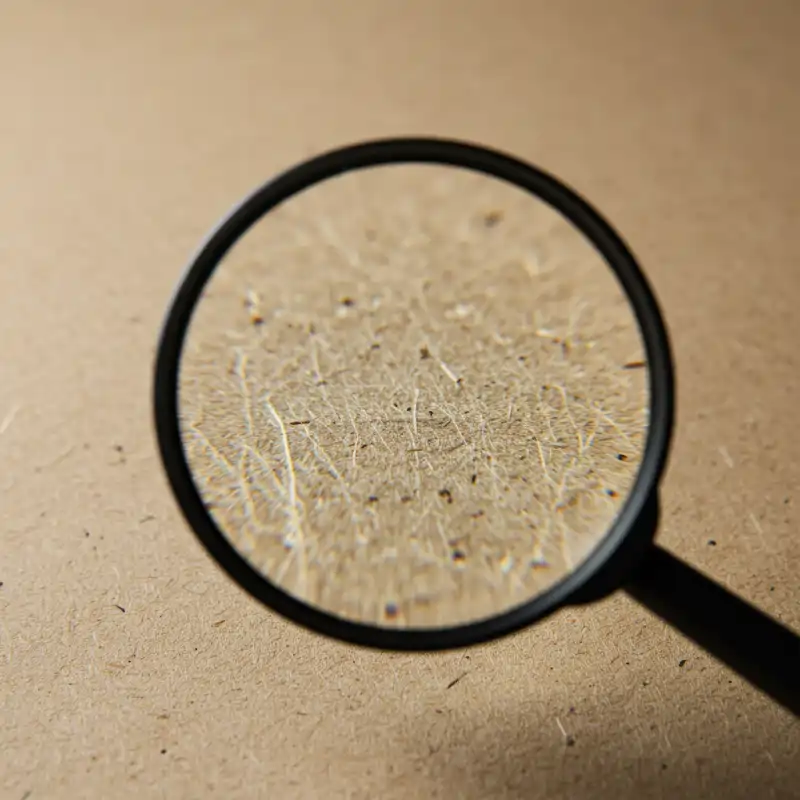
Kraft paper is a brown, rough paper used primarily for packaging, but some people also use it for printing certificates in a creative way. It gives a natural and unique look.
Kraft paper is not common for certificate printing in most places around the world, but it is a good choice if you want to do something different or eco-friendly. It is not shiny, and the color is usually brown, so it works best with dark-colored ink.
Choosing the right paper or card for printing certificates is very important. It affects the look, feel, and value of the certificate. We have many certificate options available depending on your budget, design, and purpose. From matte paper for simple certificates to metallic paper for special awards, you can pick the one that matches your need.
Always remember that the certificate you give is a reflection of your brand, event, or organization. So, take time to pick a paper that will make the certificate look proud and worthy in the hands of the receiver. Whether you are printing one certificate or a hundred, using the right paper makes all the difference.

